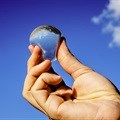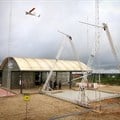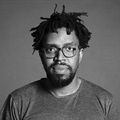#DesignIndaba2019: What you might need to know
Over the past two days, it has become apparent that a new wave of (it must be said mostly millennial designers) are overturning any previous misconceptions of their Y-gen status with style, substance and radiant optimism.
A new plasticity
Take 30-year-old Dave Hakkens, a Design Academy, Eindhoven graduate who has started Preciousplastic.com, a free global open source collaboration which allows users to build machines that shred, extrude and mould plastic waste to create not only bowls, beams, tiles, wire, toys, sunglasses, but also new business models.
Currently mapped as 300 in the world, with a new one coming on board every week, Hakkens is literally forging new opportunities for machine builders, designers, engineers and web developers across the globe out of plastic waste. There’s quite a few in Africa and South Africa already, so click on a pin to find your new partners in the creative plastics economy. See also Precious Plastics Bazaar.
Then there’s the Rodrigo Garcia Gonzalez, a London based start-up literally making packaging disappear producing biodegradable and edible water sachets from seaweed. Check out http://www.skippingrockslab.com/ooho!.html.
New neuroplasticity
Breast enhancements, hip replacements, even piercings are forms of how we are already augmenting ourselves, but digital brain enhancement is a relatively new frontier. Neil Harbisson is part of a growing movement of transhumanists, declaring themselves Cyborg short for Cybernetic Organisms.
Born with achromatism, a condition which causes him to see only in greyscale, Harbisson has undergone an osteointegration of an antenna into his skull, which now allows him some unique superpowers. Not only can he hear colour due to the fact that colour and musical scale vibrate at the same frequency e.g. a music note f or f# corresponds to the colour red and so on, but also frequencies beyond the normal human range such as infrared and ultraviolet.
Due to the brain’s software, Harbisson shares the potential of biohacking techniques that might be possible such as bat-like echolocation, atmospheric pressure sensors, magnetoreception and even time sense, whereby it may even be possible to prove Einstein’s Relativity Theory by creating time illusions in the same way as we can create optical illusions. All sorts of ethical and legal debates are arising around an individual’s rights to bio-hack ourselves and hopefully, they come with a flight mode option!
Harbisson explains further that if his sensor was telling him what colours he is seeing, that would be AI. As it is, his apparatus only allows him to feel colour, so this is still considered reality and not virtual or augmented reality. His revelations at the ability to see faces as sound and experience the colour of food as songs, caused many in the audience to literally be mind-blown.
Harbisson says we shouldn’t be afraid of becoming cyborgs, designing and changing to feel more comfortable. For example, if we all had night vision it would be better for the environment as we would use less energy.
His counterpart on the stage today, Barcelona-born Moon Ribas, demonstrated how having sensor implants in her feet, allows her to hear earth’s seismic activity which she expresses creatively through choreography. Millennials!
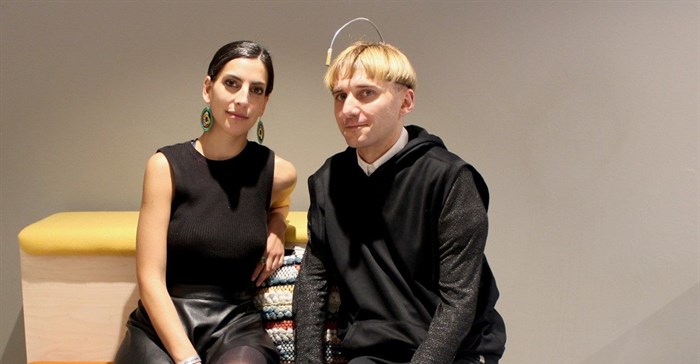
Bioplasticity
Looking like the love child of Princess Leia and the Dalai Lama, Freyja Sewell, delved deeper into mind manipulation with wearable tech she is working on as part of studies at London’s Royal College of Art whereby various brain sensor helmets can provide bio-feedback of our mental states.
Concepts such as consciousness expansion and mind mirroring which allow the wearer to literally ‘watch’ visual representations of their own minds in meditative practice is technology that Sewell and others are exploring in an effort to address epidemic proportions of stress, anxiety and depression set to become the biggest global diseases by 2030.
She shares that she feels lucky to be working ethically on design that makes people feel better and be a part of an empathetic, optimistic future that we all want to be a part of. Check it out here.
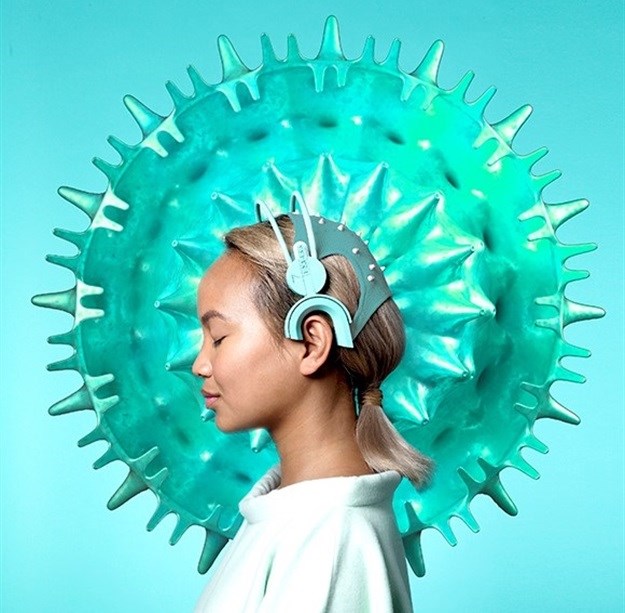
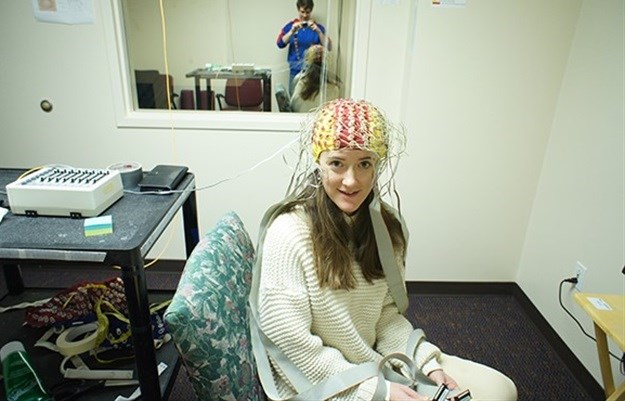
Cuter charcuterie
Other examples of brave new worlds we have seen over the last two days include Carolien Niebling redesigning the 5000-year-old sausage for the future, using existing industry to produce cuter charcuterie with 30% vegetable content, to ensure food that is not only sustainable but also a healthy art form.
Solely solar
German designer and MIT PHD, Marcus Kayser is using a similar model as that demonstrated by Dave Hakkens above, in the rethinking of old school mechanisation to create radically disruptive outcomes.
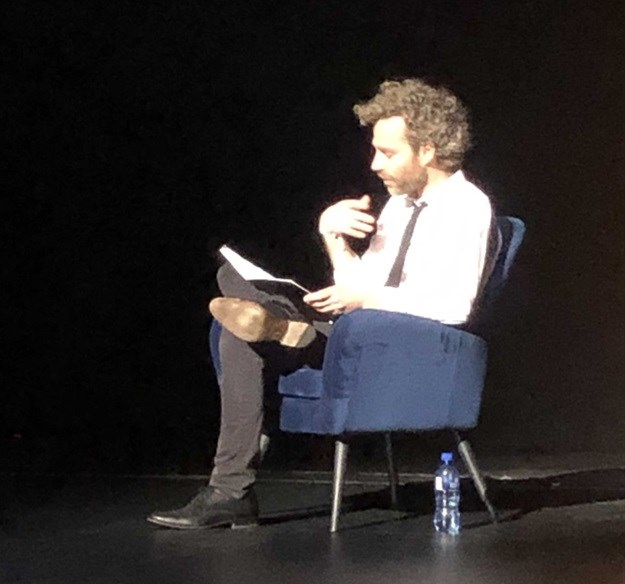
In a somewhat quaint pioneering manner, you will find Kayser where the desert meets the sands of Siwa Egypt using pre-digital machines to harness the sun’s rays as a low energy laser cutter that can 3D print glass objects from raw desert sand.
Solar Sinter is a solar printer providing a number of benefits such as not having the losses and expense of converting energy to electricity from solar energy and back again. Another is the infinite resource of sand to create glass rather than energy-intensive recycling. Silkworms, cyber bots and mediated matter are all new bio-digital production techniques are on the horizon.
Wakanda is real
Yesterday Keenan Wyrobec, founder of Zipline, shared how a collaboration between Rwanda and California is changing and saving lives in healthcare, delivering blood and medical supplies to previously inaccessible areas via drone. Via live satellite link-up we were walked around operations run by a passionate group of Rwandans, celebrating their 10,000th drone delivery, proudly achieving what has not been achieved in public healthcare anywhere else in the world.
Rwanda, says Wyrobec, is teaching the world how to use this technology, adding that Wakanda (the mythical location of great healing powers created via the Black Panther blockbuster) is real! The excitement and optimism for Africa, for the youth who are using technology in a spirit of genuine caring to find solutions, is real. Cue to wild audience cheering and a proud standing ovation.
The power of laughter
You might not make an immediate association between a South African entertainment entrepreneur with desert scientists and biotechnology, but if you think about it Kagiso Lediga has created a machine that uses laughter as a raw material. His latest film in collaboration with Black Coffee, Matwetwe - which means wizard or healer in Xhosa, which has just been released has already grossed over R2m and been shown to acclaim the Rotterdam Film Festival.
These and many more case studies, which will be revealed over the course of the 3-day Design Indaba conference, demonstrate the power of creativity, allowing us to exhibit like alchemists of old that we can turn base substances - our bodies, sand, seaweed, plastic, sausages, data, laughter and who knows what else - into gold.
For more:
www.designindaba.com






